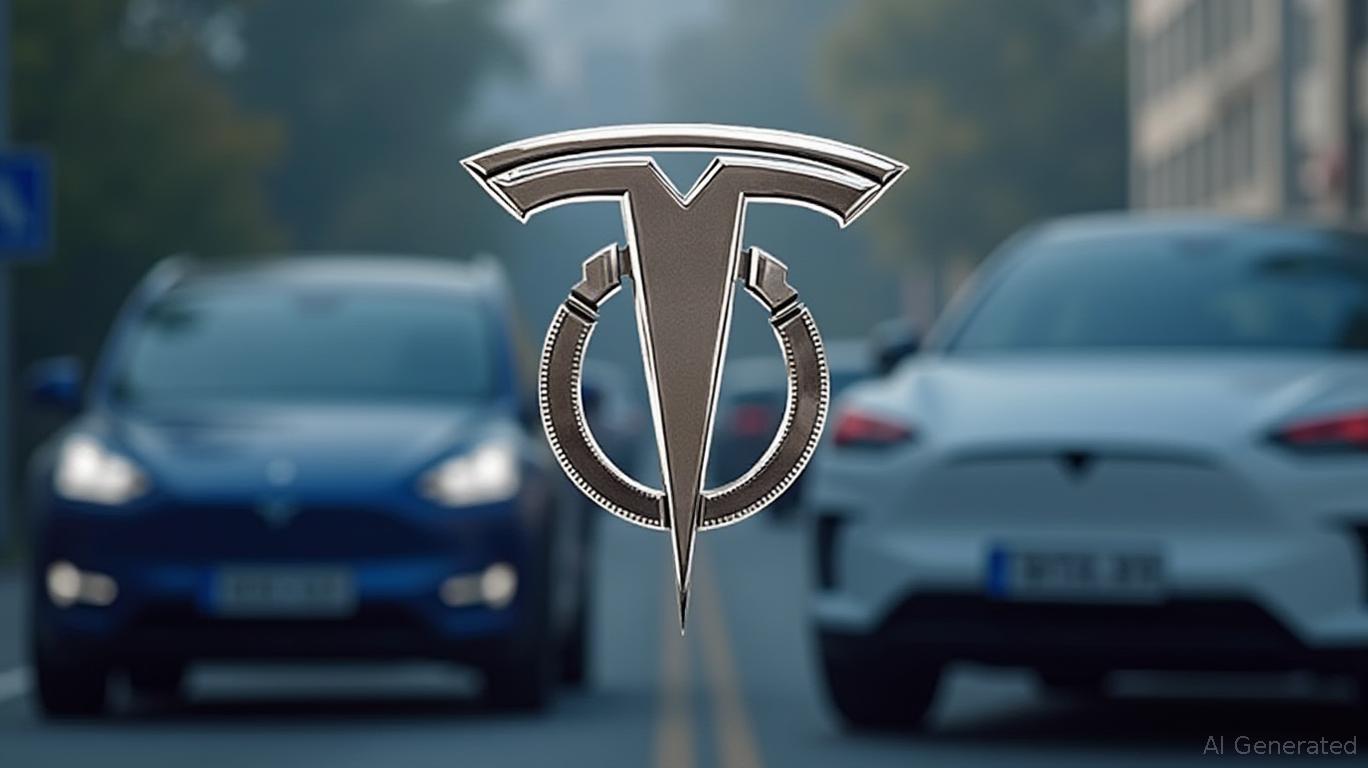"Tesla Falters While BYD Overtakes in Europe's Electric Vehicle Competition"
Tesla Inc. (NASDAQ:TSLA) broke its seven-week streak of stock price gains after unveiling its 2025 second-quarter earnings, which revealed a dip in revenue as the company continues to focus more on artificial intelligence and robotics. The electric car maker reported $22.5 billion in revenue for the quarter, marking a 12% drop compared to the same quarter last year. This reversal stands in contrast to Tesla’s earlier momentum and points to mounting difficulties in sustaining growth amid increasing competition and uncertain market conditions.
Several elements contributed to the revenue drop, such as fewer vehicles delivered, a decrease in regulatory credit income, and lower average selling prices. Tesla’s GAAP operating profit plunged 42% year-over-year to $923 million, while GAAP net income slipped 16% to $1.17 billion. Diluted earnings per share came in at $0.33, an 18% decline from a year ago. At the quarter’s end, Tesla held $36.8 billion in cash, which is up 20% from the same time last year but slightly lower than the previous quarter.
The company’s operational statistics also highlighted financial strain. Production numbers were flat at 410,244 vehicles compared to the prior year, but deliveries fell 13% to 384,122. For the Model 3/Y, production rose by 3% but deliveries slid 12% from Q2 2024. Other models, such as the Cybertruck, experienced steeper declines, with production shrinking by 45% and deliveries tumbling 52% year-over-year. Despite these setbacks,
On the international front, Tesla expanded its reach by launching the Model Y in India and recording robust delivery numbers in major Asian countries like South Korea, Malaysia, the Philippines, and Singapore. In Europe, though, the company faced tough rivalry from Chinese automakers. According to the European Automobile Manufacturers Association, Tesla registered 8,837 new vehicles in July 2025, a 40.2% year-over-year decrease, with market share falling from 1.4% to 0.8%. Meanwhile, BYD registered 13,503 new cars during the same period—a 225% surge—raising its market share to 1.2% and overtaking Tesla.
BYD’s strong showing in Europe underscores its rising competitiveness and the broader momentum of Chinese automakers in the global market. The company quickly grew its European retail presence from three to over 400 stores in just two years, and saw a tenfold increase in monthly sales across key countries such as the UK, France, Germany, Italy, and Spain. From January to July 2025, BYD sold over 550,000 passenger vehicles and pickups outside China, surpassing its total overseas sales for all of 2024.
Tesla’s shift toward AI and robotics is reflected in recent achievements like launching the Robotaxi service in Austin and completing its first fully autonomous vehicle delivery to a customer. The company expanded its AI training capabilities by adding 16,000 H200 GPUs and continues to log billions of supervised miles through its Full Self-Driving system. While the automotive business faces challenges, Tesla’s Energy Generation and Storage segment showed strength, with record Powerwall installations and the first Megapack shipments from its new Shanghai facility. The Services and Other business saw revenues grow 17% year-on-year to $3.05 billion.
Looking forward, Tesla remains committed to its long-term strategy despite current financial headwinds. The company noted it has enough liquidity to support its product development and expansion goals. Tesla anticipates that future gains from hardware will be bolstered by faster growth in profits from AI, software, and its vehicle fleet as it evolves into a broader tech enterprise focused on sustainable energy and autonomous solutions. Investors seem to be valuing Tesla’s long-term vision above its immediate results, as reflected by the mixed response to the latest earnings.
